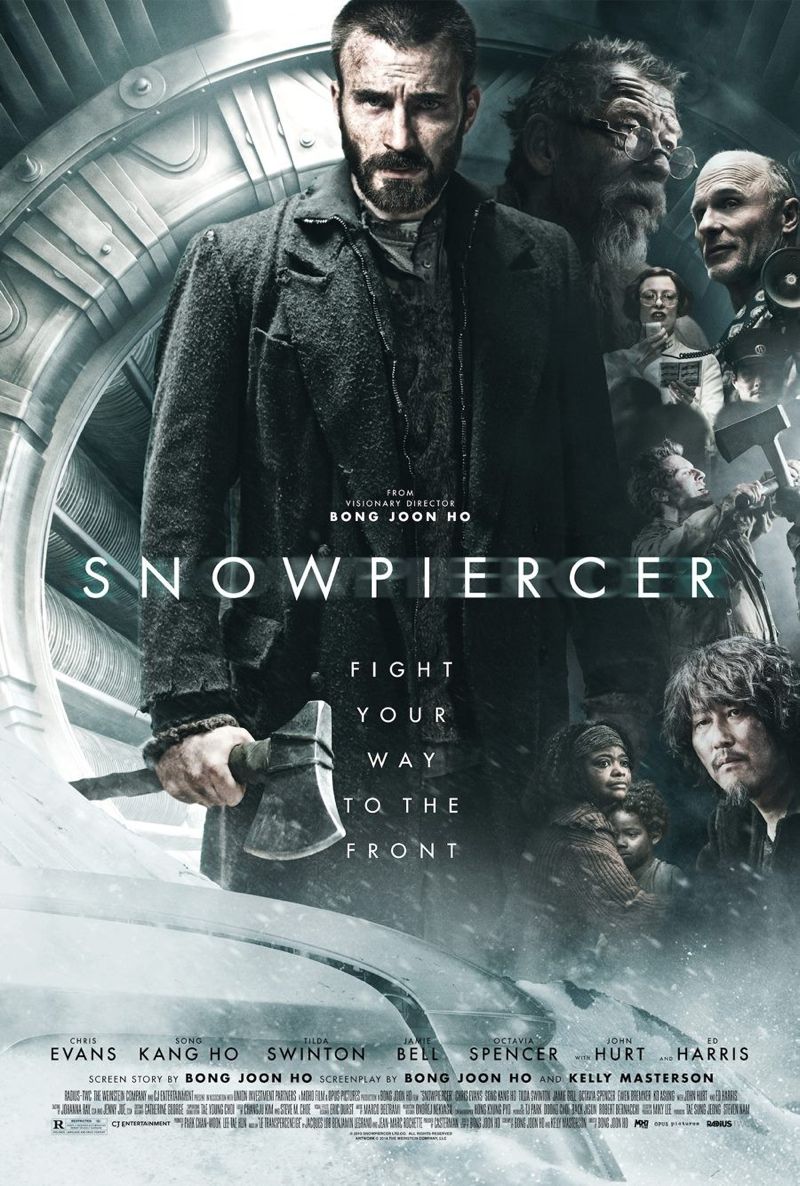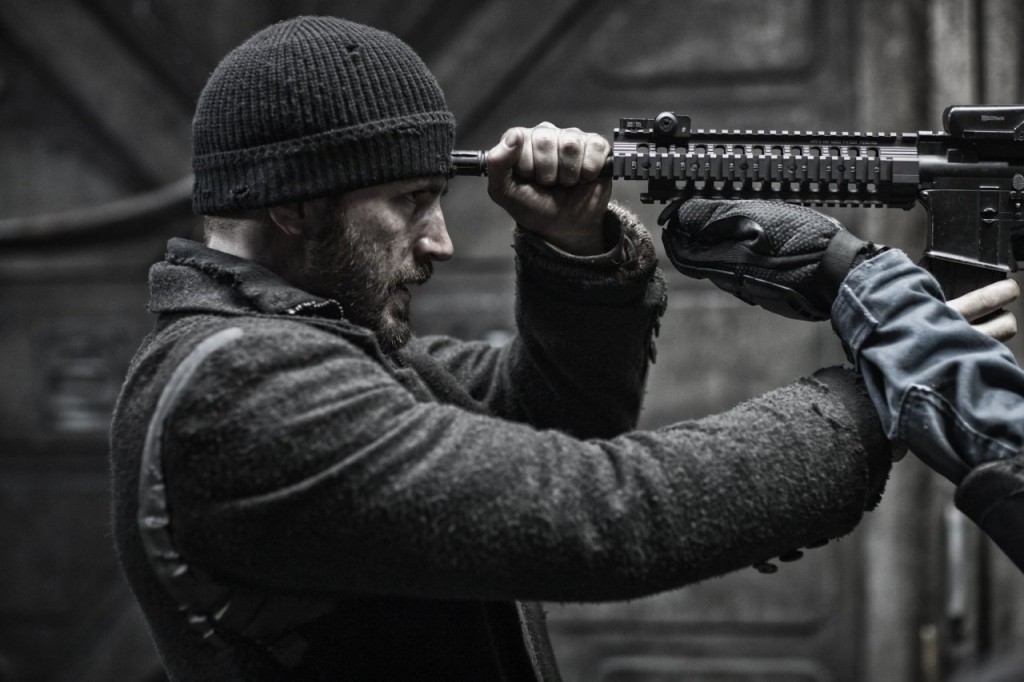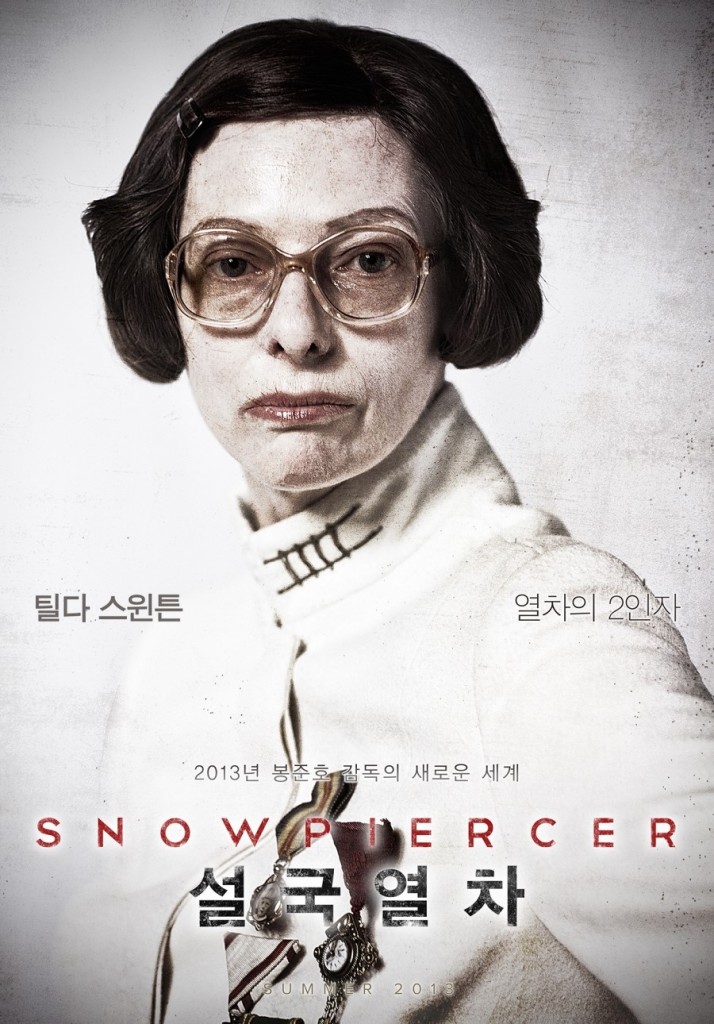Our theme week for July 2015 will be Dystopian Landscapes.
The Oxford Dictionary defines dystopia as “An imagined place or state in which everything is unpleasant or bad, typically a totalitarian or environmentally degraded one.” Literature and pop culture are brimming with examples of dystopian landscapes because they serve as a vehicle through which we can follow certain ills in society to their potentially logical and tragic conclusions. Common themes explored include: the stratification of wealth, dwindling resources, race relations, patriarchy, criminalization of youth, environmental concerns, consumerism, and totalitarianism.
Though sci-fi representations of dystopian landscapes are probably the most common with classics like Soylent Green (where the last remaining source of nutrition is humans) or the more recent comic book-based Snowpiercer (where the last of humanity lives aboard a train because the world was destroyed in an attempt to combat climate change), other genres also have a their own excavations of dystopian themes. Horror films are particularly fruitful with their varied examination of the zombie apocalypse. Zombies throughout time have articulated fears of everything from consumer culture (Dawn of the Dead) to the military (28 Days Later) to medical pandemics (World War Z) to class warfare (Land of the Dead).
Then there are action/sci-fi genre hybrids that take on dystopia. 1990’s action-packed Total Recall (loosely based on a short story by legendary sci-fi dystopian writer Philip K. Dick) imagines a future in which capitalism and colonialism run rampant, leading to the privatization of air and water on colonized Mars. The recent Mad Max: Fury Road is an excellent example of an action movie tackling the dystopian landscape, in which all the world is a desert, and the remainder of humanity struggles over natural resources like gasoline and water. The line, “Who killed the world?” encapsulates the film’s accusation that patriarchy and toxic masculinity are the cause of great misery and, perhaps, the end of all life on earth.
There are also more literary dramas like The Road that depict dystopian landscapes in an effort to articulate what becomes of the nature of humanity when all the rules and trappings of society are lost. Another literary drama, The Handmaid’s Tale (based on Margaret Atwood’s eponymous feminist novel), investigates a future in which religious totalitarianism has laid claim to the female body.
What does the end of everything show us about ourselves? What will the end of everything look like? What lessons can we learn to avoid these dire outcomes?
Feel free to use the examples below to inspire your writing on this subject, or choose your own source material.
We’d like to avoid as much overlap as possible for this theme, so get your proposals in early if you know which film you’d like to write about. We accept both original pieces and cross-posts, and we respond to queries within a week.
Most of our pieces are between 1,000 and 2,000 words, and include links and images. Please send your piece as a Microsoft Word document to btchflcks[at]gmail[dot]com, including links to all images, and include a 2- to 3-sentence bio.
If you have written for us before, please indicate that in your proposal, and if not, send a writing sample if possible.
Please be familiar with our publication and look over recent and popular posts to get an idea of Bitch Flicks’ style and purpose. We encourage writers to use our search function to see if your topic has been written about before, and link when appropriate (hyperlinks to sources are welcome, as well).
The final due date for these submissions is Friday, July 24 by midnight.
The Road
The Handmaid’s Tale
Snowpiercer
Mad Max
Dawn of the Dead
Day of the Dead
Return of the Living Dead
Terminator
The Giver
Interstellar
Planet of the Apes
Land of the Dead
Reign of Fire
I Am Legend
Dr. Who
28 Days Later
The Last Man on Earth
Mad Max: Fury Road
Battle Royale
The Hunger Games
Children of Men
Road Warrior
Star Wars
Jericho
The Matrix
Soylent Green
Mad Max: Beyond Thunderdome
Firefly
A Clockwork Orange
Total Recall
Escape from New York
Elysium
Blade Runner
The Walking Dead







